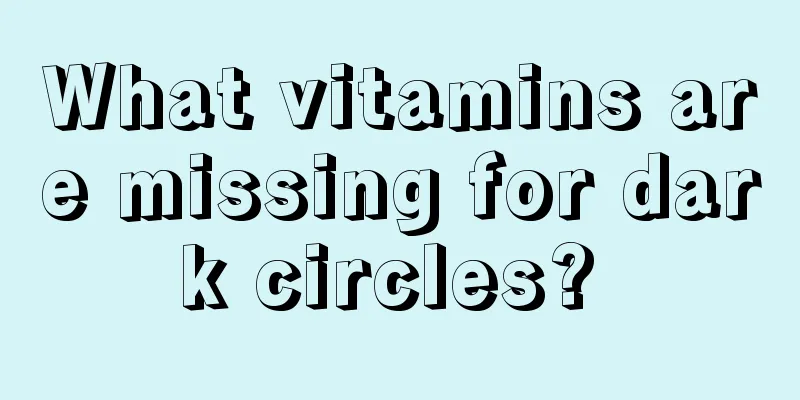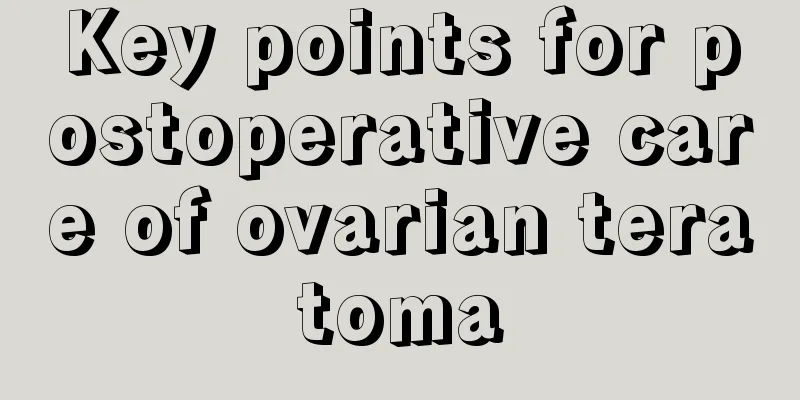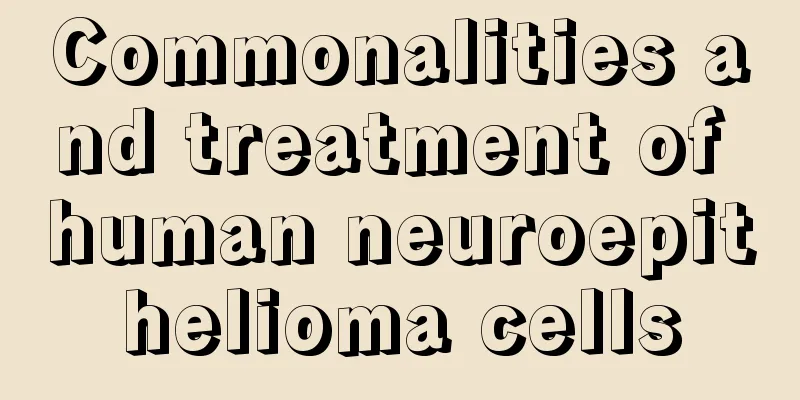What vitamins should I take if I have poor eyesight

|
Vitamin A is very good for human vision. Regularly eating foods containing vitamin A can improve the eyes' ability to adapt to the environment. Patients with night blindness can often eat foods containing vitamin A such as carrots and cod liver oil to improve night blindness and alleviate their symptoms. In fact, vitamins and trace elements are very important to human health and none of them can be missing. We need to have a comprehensive nutrition on a daily basis. 1. Vitamin A Vitamin A, also known as retinol, plays an important role in the formation of human vision. It is involved in the synthesis of rhodopsin in the retina. If there is a lack of vitamin A, the eye's ability to adapt to dark environments will decrease, and in severe cases it may lead to night blindness. Animal liver, cod liver oil, fish roe, whole milk and whole milk products, eggs, etc. are high in vitamin A. Carotene can also be converted into vitamin A in the human body, so it is called provitamin A. Provitamin A is found in high concentrations in green and yellow vegetables and fruits such as spinach, leeks, carrots, pumpkin, apricots and mangoes. 2. Calcium Calcium is the "protector" of eye tissue. Calcium deficiency in the body can not only cause a decrease in the elasticity of the retina, increased pressure in the lens, and elongation of the anterior-posterior diameter of the eyeball, but can also cause degenerative lesions of the cornea and ciliary muscles, easily leading to vision loss or myopia. Milk, beans, fungi, dried fruits and seafood are rich in calcium. When consumed with vitamin D, they facilitate calcium absorption. 3. Trace elements: selenium, zinc, and chromium Trace elements selenium, zinc and chromium can improve the function of eye tissue and prevent and treat vision loss. Foods rich in selenium include animal liver, eggs, fish, shellfish, carrots, etc.; foods rich in zinc include liver, kidney, seafood, milk, cereals, beans, nuts, etc.; foods rich in chromium include beef, black pepper, brown rice, corn, millet, semolina, edible fungi, etc. 4. Vitamin C Vitamin C can reduce the damage of light and oxygen to the lens of the eye, thereby delaying the occurrence of cataracts. Foods containing vitamin C include bell peppers, tomatoes, lemons, kiwis, hawthorns and other fresh vegetables and fruits. 5. Kelp In addition to iodine, kelp also contains 1/3 mannitol. There is a thick layer of "white frost" on the surface of dried kelp, which is the mannitol in the kelp. Mannitol has a diuretic effect, can reduce intraocular pressure, and is effective in treating acute glaucoma. Other seaweeds such as kelp also contain mannitol and can be used as an auxiliary food for the treatment of acute glaucoma. 6. Whole grains and fresh vegetables Finally, eat more whole grains and fresh vegetables, and less candy and sweets. Vitamin B and vitamin C in whole grains and fresh vegetables have a protective effect on the eyes. |
<<: How long is the appropriate time to take vitamin b1
>>: Vitamin B6 removes closed comedones
Recommend
What are the early symptoms of lung cancer? 3 early symptoms of lung cancer
Lung cancer can be cured better if it is treated ...
How can we reduce the risk of liver cancer? Sticking to these 5 good habits can prevent liver cancer
Among many diseases, cancer can be said to be a v...
What does the fetal lower abdominal movement mean
If the fetus moves in the lower abdomen, it means...
What to do if blisters on heels burst
In daily life, many people soak their feet in a s...
What medicine is better for neurogenic edema?
The water content in the body is relatively balan...
What should I do if a cigarette butt burns and causes blisters?
Cigarette butt burns and blisters are a common pr...
Acne on the nose hole
Acne on the face is very common, but have you eve...
What tests does the rheumatology and immunology department do
Today's technology is advancing at a speed th...
What are the early symptoms of sacrococcygeal tumors
Some people experience pain and numbness in the a...
Can liver cancer be cured? There is no complete cure at present
There is currently no way to completely cure live...
Are uterine tumors and cervical cancer the same thing?
Uterine tumors are not the same as cervical cance...
Experts analyze common methods of treating liver cancer for you
Among the common liver diseases, liver cancer is ...
What are the forms of regulation of human life activities
The regulation of human life activities must pay ...
What are the plants that can prevent smog
With the rapid development of social economy and ...
What anti-inflammatory drugs should I take for acute peritonitis
Acute peritonitis does not seem to be a disease w...









